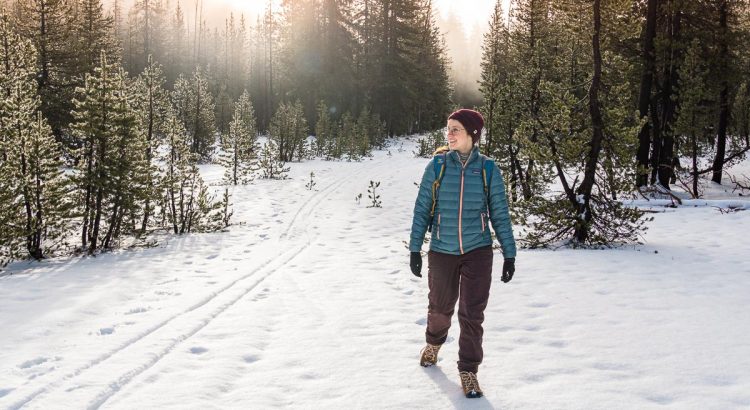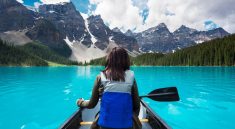For those who love the outdoors, the idea of hibernating for an entire season simply isn’t one that can be entertained. Instead, the winter simply changes the landscape, revitalising familiar routes and changing the excitement enjoyed in certain outdoor activities.
Hiking is a great example of this as many avid explorers eagerly await the winter period. Woodland scenery changes and mountains are more greatly covered in snow. Routes can become both more challenging and more rewarding, with individuals setting out to overcome the elements. Plus, with fewer folk outdoors, some consider it the perfect time to escape.
Before you think about continuing to enjoy your favourite hiking trails as the winter approaches, however, you must ensure you stay safe. The wonder of a winter landscape is not always easily accessible but those who keep these five fundamentals in mind will be able to enjoy their adventure with comfort.
Take More Time
The winter landscape demands a greater amount of time from those who want to explore. Routes are more trepidatious, visibility is occasionally hampered, and unexpected occurrences, such as fallen trees or flooded paths, are more likely. As such, those who are setting out to hike during the winter should give themselves a more generous amount of time. Having a greater amount of time also means that hikers should slow their pace too, ensuring that they can maintain their stamina over longer periods of time.
Adapt Your Layers
Clothing is immensely important when exposing yourself to the winter elements but it is not solely layers that need to be considered. Hikers should also allow skin to breathe with materials that draw, or wick, moisture away from the skin. By wearing such breathable base layers, individuals can exert themselves without concern of discomfort or losing unnecessary body heat, staying warm and dry even when pushing themselves.
Communicate With Others
Even those who set out only to enjoy a short hike should still take the time to ensure their location is shared with others. During the winter, familiar routes can quickly become unrecognizable with snowfall, with trails also being prone to cut off, leading hikers to follow different paths. Promising your location is shared with others, or that someone knows which area you are in, you greatly reduces your risk of becoming lost or stranded.
Drink More Water
Without the hot climate, individuals can forget to stay hydrated. This is one of the winter season’s cruelest tricks because individuals tend to exert themselves just as much, if not more, when traversing the cold landscape. As such, be sure to bring plenty of water or a hot beverage, to ensure that you have plenty to keep you hydrated.
Winter Accessories
From snow grips to hiking poles, there are an abundance of useful winter hiking accessories available. These extras offer a considerable deal of comfort and safety to those who want to explore the outdoors, especially in the most severe periods of winter. Remember, it is better to be overprepared than to find yourself without something you suddenly need.





